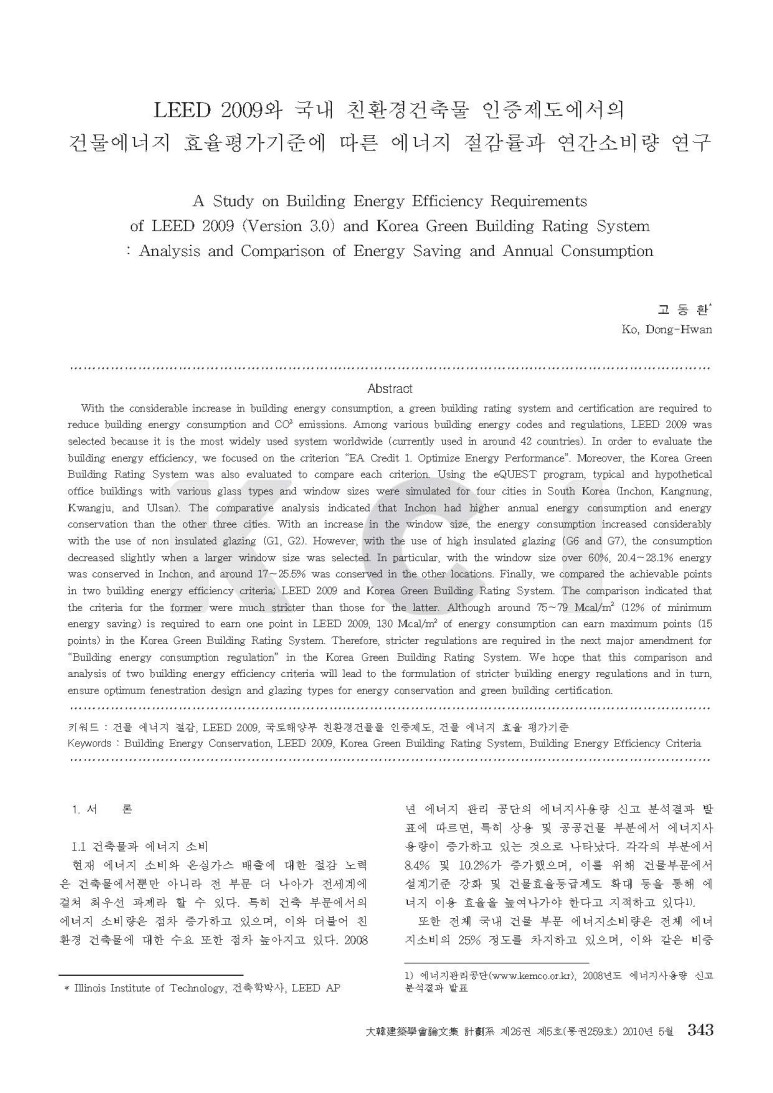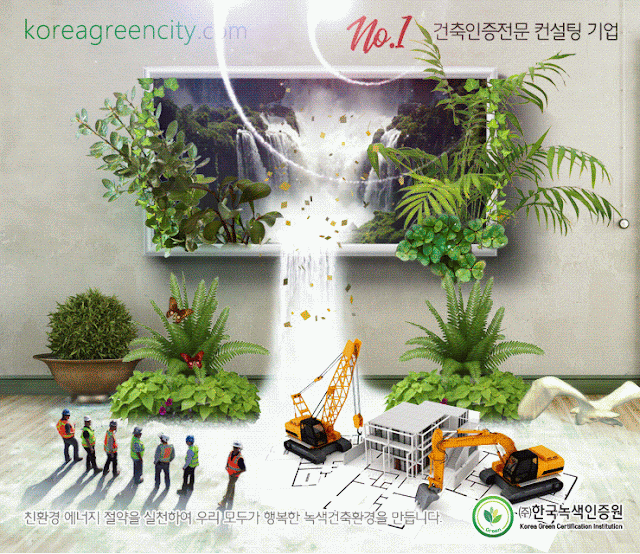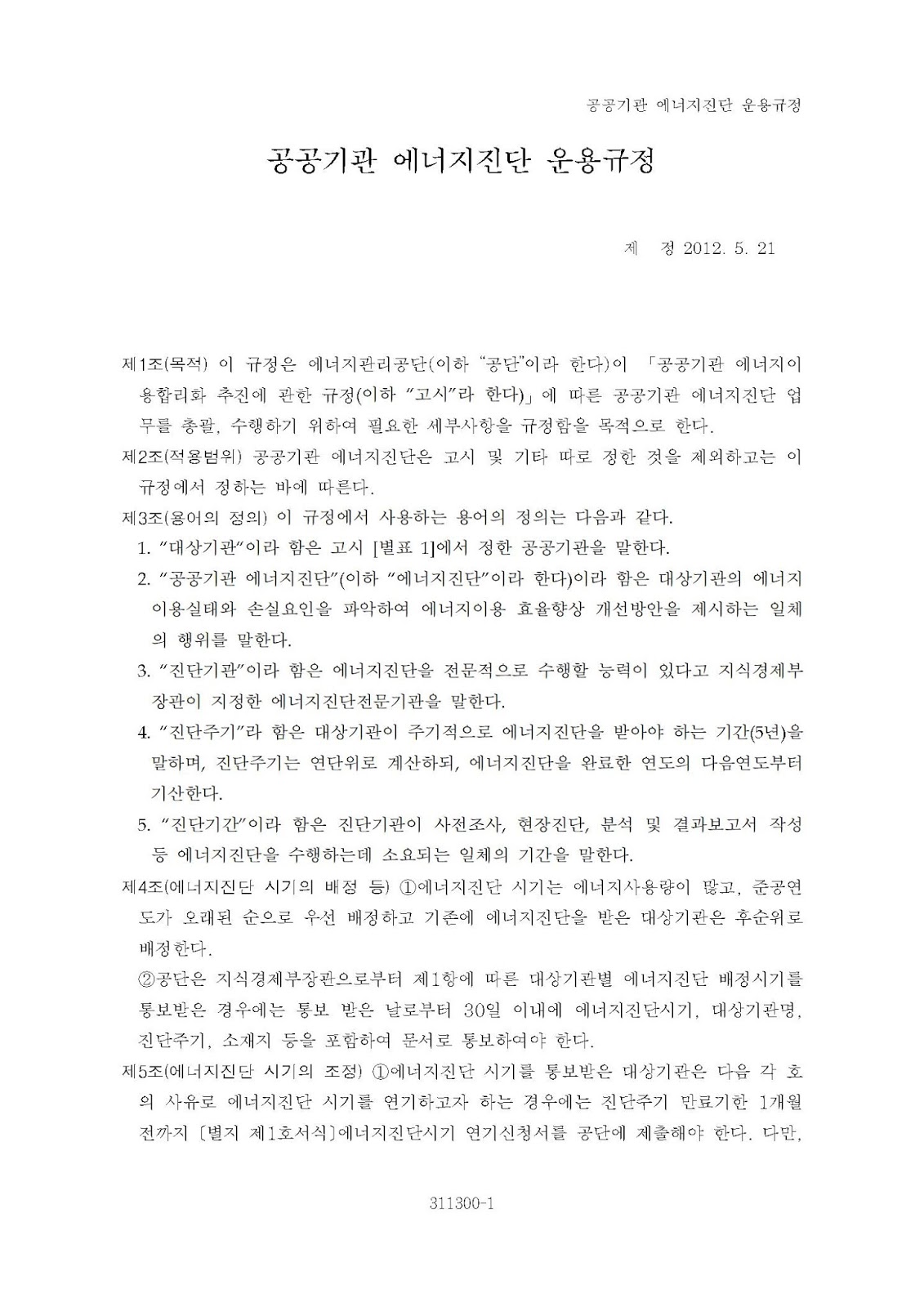LEED 2009와 국내 친환경건축물 인증제도에서의 건물에너지 효율평가기준에 따른 에너지 절감률과 연간소비량
LEED 2009와 국내 친환경건축물 인증제도에서의 건물에너지 효율평가기준에 따른 에너지 절감률과 연간소비량
Study on Building Energy Efficiency Requirements of LEED 2009 (Version 3.0) and Korea Green Building Rating System
저자 고동환
소속 Illinois Institute of Technology
학술지정보 대한건축학회논문집(계획계)
발행정보 대한건축학회 2010년
자료제공처 국회도서관 국립중앙도서관 NRF
주제분야 공학 > 건축공학
<초록>
With the considerable increase in building energy consumption, a green building rating system and certification are required to reduce building energy consumption and CO2 emissions. Among various building energy codes and regulations, LEED 2009 was selected because it is the most widely used system worldwide (currently used in around 42 countries). In order to evaluate the building energy efficiency, we focused on the criterion “EA Credit 1. Optimize Energy Performance”. Moreover, the Korea Green Building Rating System was also evaluated to compare each criterion. Using the eQUEST program, typical and hypothetical office buildings with various glass types and window sizes were simulated for four cities in South Korea (Inchon, Kangnung, Kwangju, and Ulsan). The comparative analysis indicated that Inchon had higher annual energy consumption and energy conservation than the other three cities. With an increase in the window size, the energy consumption increased considerably with the use of non-insulated glazing (G1, G2). However, with the use of high-insulated glazing (G6 and G7), the consumption decreased slightly when a larger window size was selected. In particular, with the window size over 60%, 20.4~28.1% energy was conserved in Inchon, and around 17~25.5% was conserved in the other locations. Finally, we compared the achievable points in two building energy efficiency criteria; LEED 2009 and Korea Green Building Rating System. The comparison indicated that the criteria for the former were much stricter than those for the latter. Although around 75~79 Mcal/m2 (12% of minimum energy saving) is required to earn one point in LEED 2009, 130 Mcal/m2 of energy consumption can earn maximum points (15 points) in the Korea Green Building Rating System. Therefore, stricter regulations are required in the next major amendment for “Building energy consumption regulation” in the Korea Green Building Rating System. We hope that this comparison and analysis of two building energy efficiency criteria will lead to the formulation of stricter building energy regulations and in turn, ensure optimum fenestration design and glazing types for energy conservation and green building certification.
<목차>
LEED 2009와 국내 친환경건축물 인증제도에서의 건물에너지 효율평가기준에 따른 에너지 절감률과 연간소비량 연구 / 고동환 1
Abstract 1
1. 서론 1
2. LEED 친환경 건축물 인증제도 2
3. LEED 2009 에너지 효율 평가 항목(Optimize Energy Performance)의 중요성 및 주요 변화점 3
4. 건물 에너지 효율 및 절감률 분석 5
5. 건물 에너지 성능 평가 분석 8
6. 결론 11
참고문헌 12
저희 (주)한국녹색인증원은 '지속가능한 저탄소 녹색건축인증 기술연구소'의 전문기업으로 설립되어, 빠른 제도 변화와 변모하는 건설환경에 이바지하고자 합니다. (주))한국녹색인증원은 건축, 도시, 생태분야가 녹색건축물에 접목될 수 있도록 적절한 요소분석을 통해 에너지 절감형 건축, 자생적 생태환경, 온열환경, 빛환경의 면밀한 조사와 연구로 고객의 삶의 질 향상 및 더 나아가 인류의 존속성에 그 목적을 두고 있습니다. 한국녹색인증원은 친환경컨설팅 전문업체로 주택성능등급, 그린홈, 에너지소비총량제, 에너지성능지표검토서, 건물에너지효율등급, 장수명주택







(%EC%A0%9C19819%ED%98%B8)(20250501)001.jpg)
(%EC%A0%9C34657%ED%98%B8)(20240710)001.jpg)
댓글
댓글 쓰기